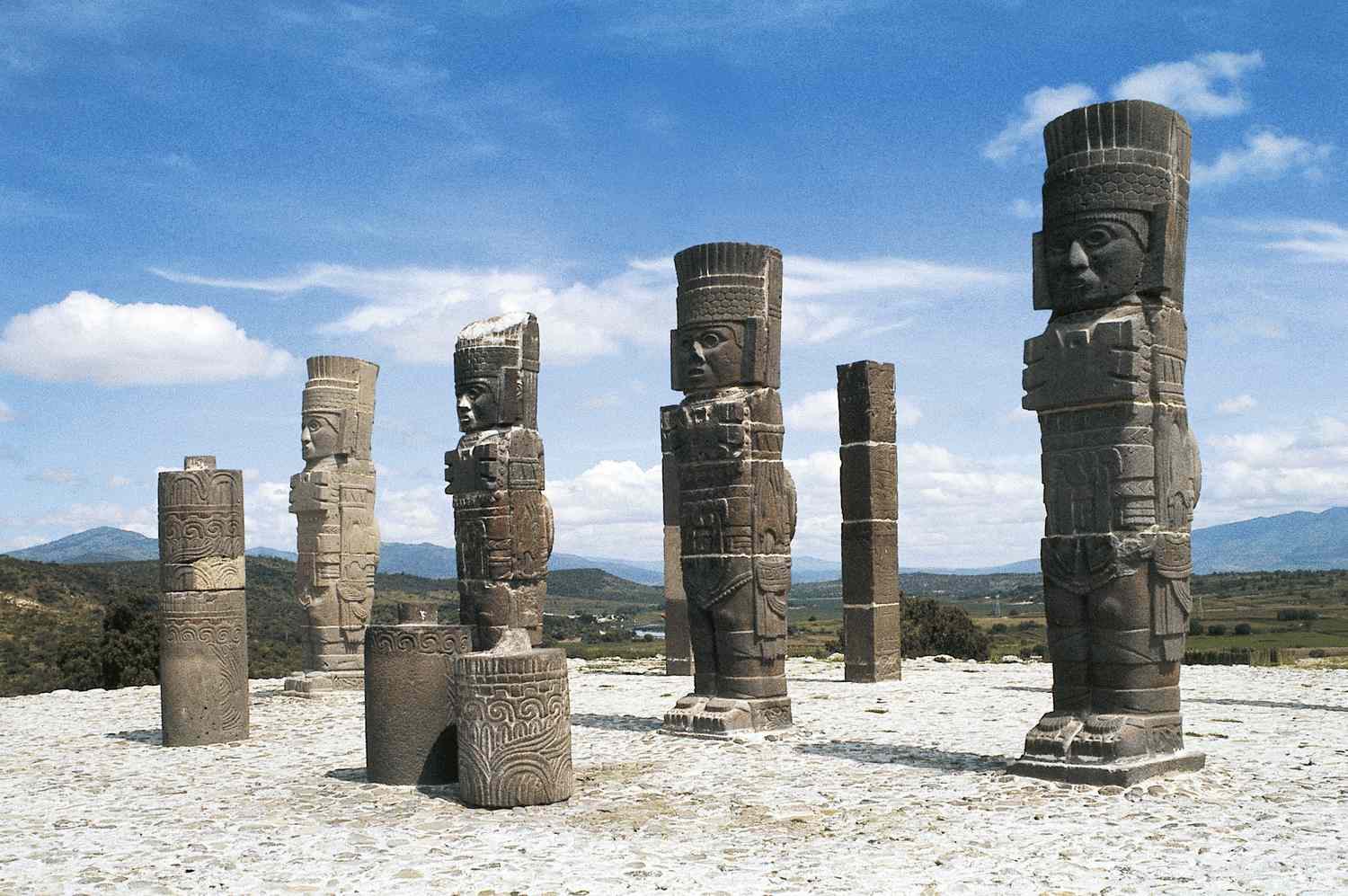
Who were the Toltecs? The Toltecs were an ancient Mesoamerican civilization that thrived in central Mexico between the 10th and 12th centuries. Known for their impressive architectural achievements, they built the city of Tula, which featured grand pyramids and intricate stone carvings. The Toltecs were also skilled artisans, creating beautiful pottery and metalwork. Their influence extended far beyond their own borders, impacting later cultures such as the Aztecs. The Aztecs even considered the Toltecs as their cultural and spiritual predecessors. Despite their significant contributions, much about the Toltecs remains shrouded in mystery, making them a fascinating subject for historians and archaeologists alike.
Who Were the Toltecs?
The Toltecs were a pre-Columbian civilization that flourished in central Mexico between the 10th and 12th centuries. They are often remembered for their impressive architecture, art, and influence on later cultures like the Aztecs.
- The Toltecs were known for their capital city, Tula, which was a major center of culture and politics.
- They spoke Nahuatl, the same language later used by the Aztecs.
- The name "Toltec" means "artisan" or "craftsman" in Nahuatl, reflecting their skills in various arts.
- Tula is famous for its large stone warrior statues called Atlanteans, which stand over 15 feet tall.
- The Toltecs practiced human sacrifice, a common ritual in Mesoamerican cultures.
Toltec Architecture and Art
Toltec architecture and art were highly advanced, showcasing their engineering prowess and artistic skills. Their influence can be seen in many later Mesoamerican cultures.
- The Pyramid of Quetzalcoatl in Tula is one of their most famous structures.
- Toltec art often featured intricate carvings and sculptures, including depictions of their gods and warriors.
- They used a unique architectural style called "plumbate," which involved creating smooth, polished surfaces on their buildings.
- The Toltecs built large ball courts for playing the Mesoamerican ballgame, a sport with ritual significance.
- Their pottery was highly decorated, often featuring geometric patterns and images of deities.
Religion and Mythology
Religion played a central role in Toltec society. Their mythology and religious practices influenced many later cultures, including the Aztecs.
- Quetzalcoatl, the feathered serpent god, was one of their most important deities.
- They believed in a dualistic universe, with opposing forces like light and dark, good and evil.
- The Toltecs practiced ritual bloodletting as a form of sacrifice to their gods.
- They had a complex pantheon of gods, each associated with different aspects of life and nature.
- Toltec priests were highly respected and held significant power in society.
Influence on Other Cultures
The Toltecs had a lasting impact on Mesoamerican cultures, particularly the Aztecs, who saw them as cultural predecessors and revered their achievements.
- The Aztecs claimed descent from the Toltecs and adopted many of their customs and beliefs.
- Toltec art and architecture influenced the design of Aztec temples and palaces.
- The Aztecs incorporated Toltec myths and legends into their own religious practices.
- Toltec military tactics and weaponry were adopted by later Mesoamerican armies.
- The concept of the "Toltecayotl," or the Toltec way of life, became a model for Aztec society.
Daily Life and Society
Toltec society was complex and well-organized, with distinct social classes and roles. Their daily life was influenced by their environment, economy, and religious beliefs.
- The Toltecs were skilled farmers, growing crops like maize, beans, and squash.
- They practiced terrace farming to maximize agricultural productivity in hilly areas.
- Toltec society was hierarchical, with a ruling class of nobles and priests overseeing commoners and slaves.
- They engaged in extensive trade with neighboring cultures, exchanging goods like obsidian, pottery, and textiles.
- Toltec warriors were highly trained and played a crucial role in expanding and defending their territory.
Decline and Legacy
The decline of the Toltec civilization remains a topic of debate among historians. However, their legacy continues to be felt in Mesoamerican history and culture.
- The Toltec civilization began to decline around the 12th century, possibly due to internal strife or external invasions.
- Some theories suggest that environmental factors like drought may have contributed to their downfall.
- Despite their decline, the Toltecs left behind a rich cultural heritage that influenced later civilizations.
- The ruins of Tula continue to be a significant archaeological site, attracting researchers and tourists alike.
- Modern-day Mexicans often look to the Toltecs as a source of national pride and cultural identity.
- The Toltec legacy lives on in the form of myths, legends, and artistic traditions that continue to inspire people today.
Final Glimpse at Toltec Wisdom
Toltec culture offers a fascinating look into ancient Mesoamerican life. Their advanced knowledge in architecture, astronomy, and spirituality continues to intrigue historians and enthusiasts alike. The pyramids of Tula, with their imposing Atlantean figures, stand as a testament to their engineering prowess. Their spiritual teachings, especially those popularized by Don Miguel Ruiz, still resonate today, emphasizing personal freedom and self-awareness. While much about the Toltecs remains shrouded in mystery, what we do know paints a picture of a sophisticated society deeply connected to both the earth and the cosmos. As we continue to uncover more about their legacy, the Toltecs remind us of the enduring power of knowledge, art, and spirituality. Their story is a compelling chapter in the rich tapestry of human history.
Was this page helpful?
Our commitment to delivering trustworthy and engaging content is at the heart of what we do. Each fact on our site is contributed by real users like you, bringing a wealth of diverse insights and information. To ensure the highest standards of accuracy and reliability, our dedicated editors meticulously review each submission. This process guarantees that the facts we share are not only fascinating but also credible. Trust in our commitment to quality and authenticity as you explore and learn with us.


